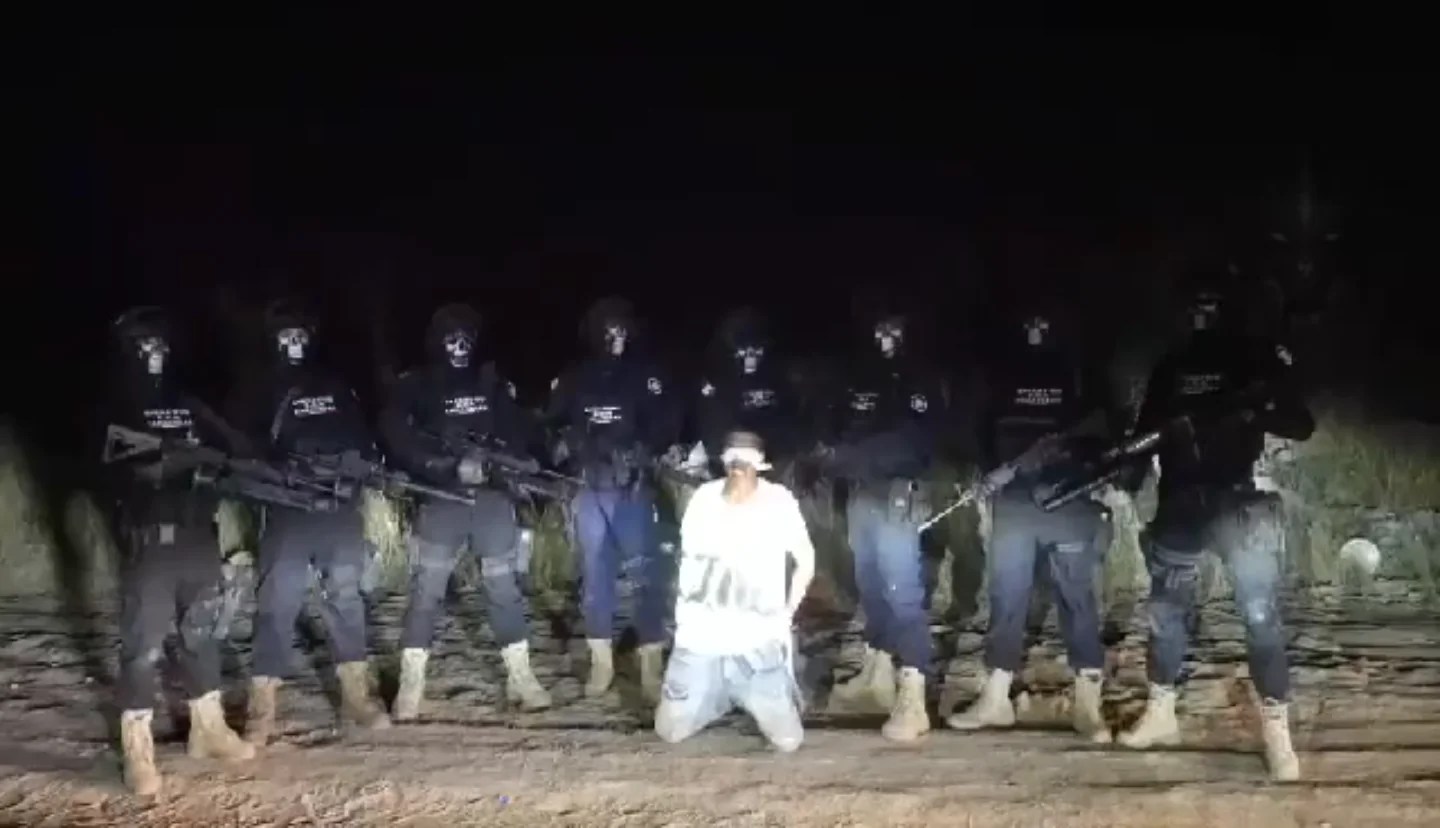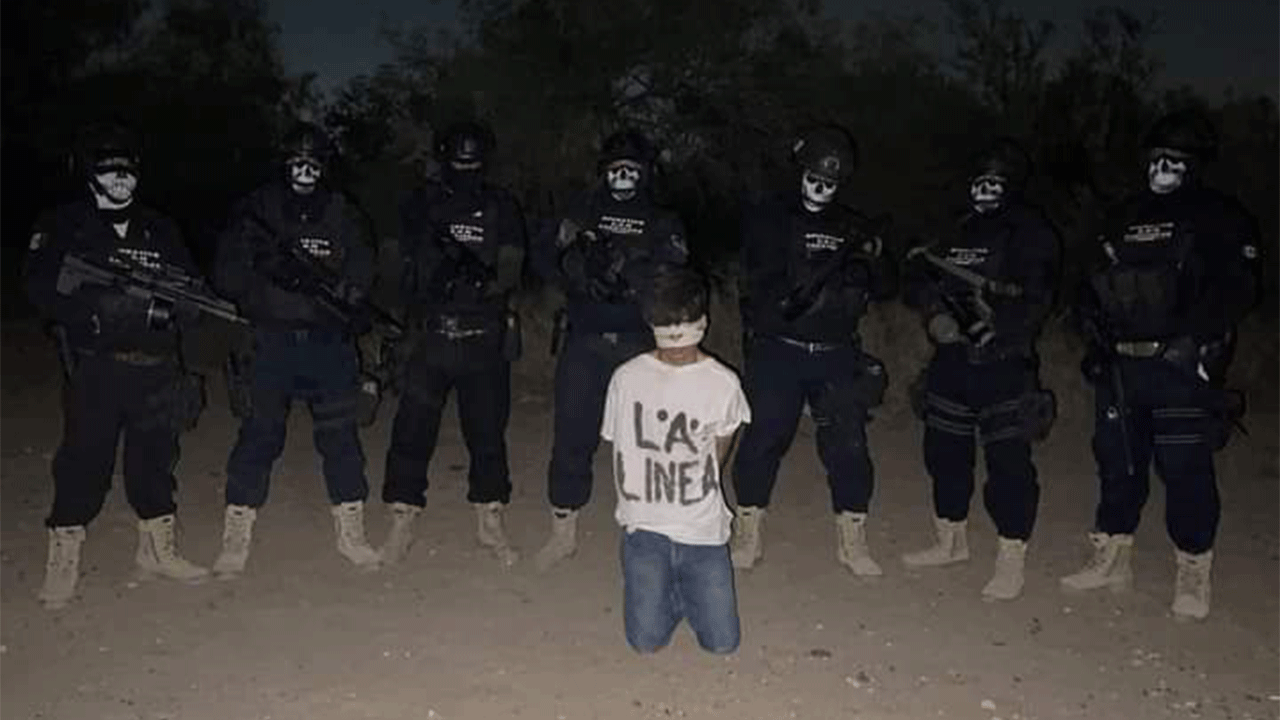Zacatecas Flaying is a term that evokes a captivating blend of history, culture, and artistry. Nestled in the heart of Mexico, Zacatecas has long been a region marked by its unique traditions and rich heritage. Among these cultural treasures lies the practice of flaying, a technique that is deeply intertwined with the local customs and history. From its origins to its modern interpretations, the art of flaying in Zacatecas offers a fascinating glimpse into the region's identity.
As we delve into the intricate world of Zacatecas flaying, we uncover not only the techniques and materials employed but also the stories of the craftsmen and women who keep this art alive. Flaying in Zacatecas is not merely a skill; it is a form of expression that embodies the spirit of the land and its people. This article aims to explore the various dimensions of Zacatecas flaying, shedding light on its significance, methods, and the individuals who breathe life into this age-old practice.
Through a series of questions and explorations, we will navigate the landscape of Zacatecas flaying, revealing the interplay between tradition and innovation. Whether you are an art enthusiast, a history buff, or simply curious about this captivating practice, join us on this journey to uncover the layers of meaning behind Zacatecas flaying.
What is Zacatecas Flaying?
Zacatecas flaying refers to a traditional practice of skinning and processing animal hides, which has evolved over centuries into an art form. This process is not only practical, as it provides materials for various uses, but it also reflects the rich cultural heritage of the Zacatecas region. The art of flaying involves techniques that are often passed down through generations, showcasing the skills and artistry of local craftsmen.
How Did Flaying Become a Cultural Symbol in Zacatecas?
The significance of flaying in Zacatecas can be traced back to the region's historical context. As a center of mining and agriculture, the locals developed various methods to use every part of the animals they hunted or raised. Over time, these practices became deeply rooted in the community, transforming flaying into a cultural symbol. It represents not only survival but also the creativity and resourcefulness of the people.
Who are the Artisans Behind Zacatecas Flaying?
The artisans who practice Zacatecas flaying are often family members who have inherited their skills from previous generations. These craftsmen and women are dedicated to preserving traditional methods while also exploring contemporary interpretations. Their commitment to the craft ensures that the art of flaying remains vibrant and relevant in today’s society.
What Materials are Used in the Flaying Process?
The materials used in Zacatecas flaying are integral to the process. Typically, the artisans utilize animal hides, tools for cutting, and various natural dyes to enhance the aesthetic appeal of their creations. Each material carries its own significance, reflecting the connection between the artisans and their environment.
How is Zacatecas Flaying Practiced Today?
In contemporary Zacatecas, flaying practices have evolved, blending traditional techniques with modern artistry. Artisans often participate in workshops and exhibitions to showcase their work, attracting both local and international attention. This evolution not only preserves the traditions but also opens new avenues for creativity and innovation.
What Impact Does Zacatecas Flaying Have on the Local Economy?
The practice of Zacatecas flaying plays a vital role in the local economy. By creating unique, handcrafted products, artisans contribute to the region's tourism and craft markets. Visitors are drawn to the authenticity and craftsmanship, which helps sustain the livelihoods of those involved in this traditional art form.
What Can We Learn from the Art of Zacatecas Flaying?
Exploring Zacatecas flaying provides valuable insights into the importance of preserving cultural traditions in a rapidly changing world. It teaches us about the significance of resourcefulness, creativity, and the deep connection between people and their environment. By understanding and appreciating these practices, we can foster a greater respect for cultural diversity and heritage.
Can Flaying Techniques Be Adapted for Modern Uses?
Absolutely! Many artisans are experimenting with flaying techniques to create contemporary artworks and functional items. By adapting traditional methods, they not only keep the practice alive but also make it relevant to modern audiences. This fusion of old and new opens up exciting possibilities for the future of Zacatecas flaying.
Conclusion: The Legacy of Zacatecas Flaying
The legacy of Zacatecas flaying is a testament to the resilience and creativity of its people. As we explore this intricate art form, we gain a deeper appreciation for the cultural narratives embedded within it. Through the dedication of artisans and the support of the community, Zacatecas flaying will continue to thrive, weaving its story into the fabric of Mexico’s rich cultural tapestry.
You Might Also Like
Unveiling The Talents Of Christian Coulson: A Journey Through Film And TheatreExploring The Fascinating Life Of Camilla Araujo: The World Of Adult Entertainment
Unveiling The Life Of O'Neil Cruz: His Wife And Kids
Unraveling The Mystique Of Quinn Finit: A Journey Through Art And Life
Unveiling The Truth Behind Tate McRae's Nip Slip Incident
Article Recommendations
- Diddy Party Jessica Alba
- Tim Miller Husband Tyler Jameson
- David Duchovny
- Noel Fielding Relationships
- Mark Harmon Health
- Auto Kilcher
- Barron Trump And Girlfriend
- Bobbye Brooks Oliver
- Julie Bowen Boyfriend
- Mothers Warmth


